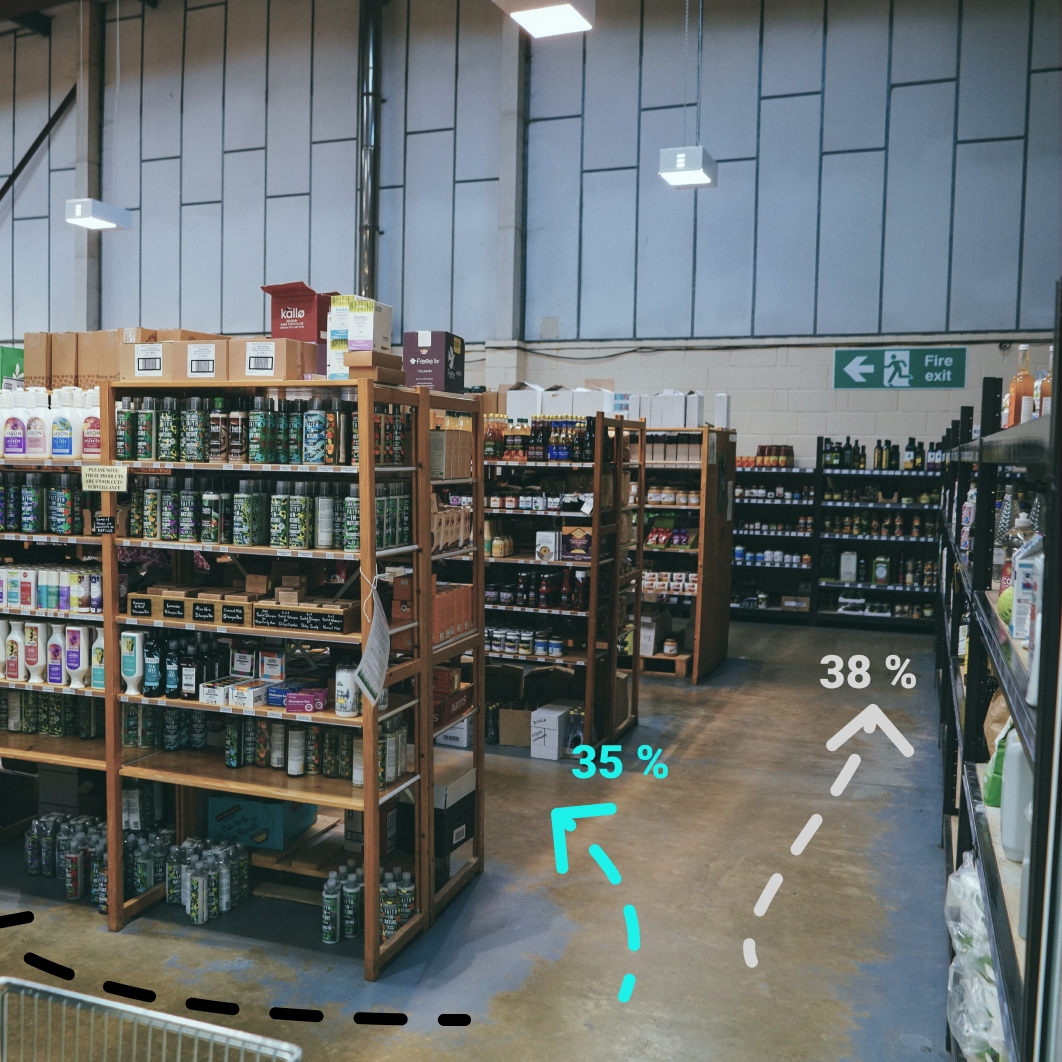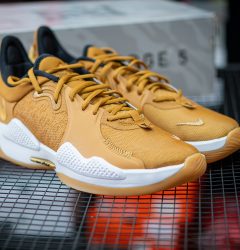06 Jan

Use of Store Space Affects Turnover!
Challenge
In-store space is exciting, especially because it can dramatically affect sales. Understandably, the suppliers we work with put great emphasis on this. Each year, suppliers and retailers negotiate space and product placement, trying to secure the best possible space in the category
Besides permanent space in shelves, suppliers can also put their products in extra places. The parties often agree upon this in their annual negotiations. However, they rarely agree on the exact location of the extra space resulting in random positioning when the products arrive in store. We know that position can greatly affect sales. Therefore, it is crucial to be data driven when you decide which products to put where.
Analysis and implementation
Should product X be placed at the entrance, or does it sell better in the dairy section? Will product Y’s sales increase most if sits on the floor near to the category, or should it instead be displayed in the bread department? We have tested many hypotheses like this, and the results are striking. Space affects sale to a huge extent, also for pallets in extra space!
The sales increase for pallet ranges between 5% and 200%, depending on the product type and location of the pallet. Imagine the impact for both store and supplier that the pallet is placed where sales increase the most! Imagine four pallets from different suppliers in the store for a week. Will the manager prefer the sales of pallet products increase by 100 – 200%, or by 5 — 10%? Needless to say, the first option is the preferred
To achieve the desired sales increase you will have to test product group by product group what works the best. Responsibility lies with the suppliers and the category teams. The store must be responsible for the implementation
Results
We have done a large number of place tests, both for suppliers and retailers. On behalf of a grocery supplier, we did a placement test for 43 of their biggest selling products. The purpose was to know the ideal place for each product, to get maximal sales. The results showed that the right place for a product depends on the type. And that a perfect place is good regardless of product
We tested a dishwasher brush. When we placed this product in place 1, sales grew by 72%. When the product later was given another location, performance fell by 59% points. At the last position, the product sold 21% worse than in its regular place. Place 3 gave no effect on sales, while place 1 was the best choice. Thus, it was crucial for our customer to ensure the allocation of the product to place 1 to achieve the best possible effect of the agreed extra space
If you as retailer or supplier want to know more about how you can maximize sales get in touch. We at Link Retail have the knowledge and the tools to help you. Contact us today to learn more about our space management solutions.
Related Post
Tags
Keywords
Tags
Resources
© 2020-2024 Link Retail. All rights reserved.











